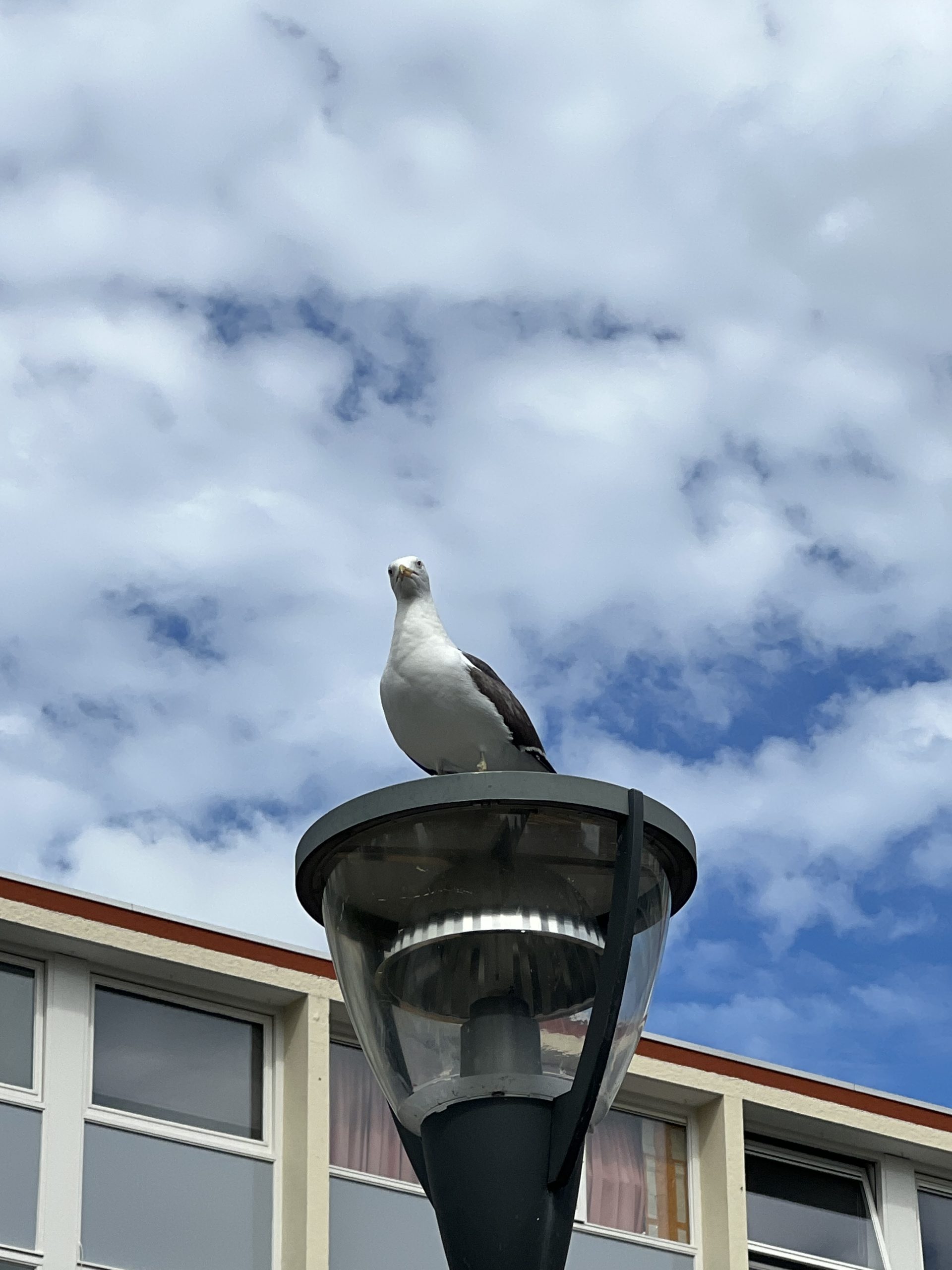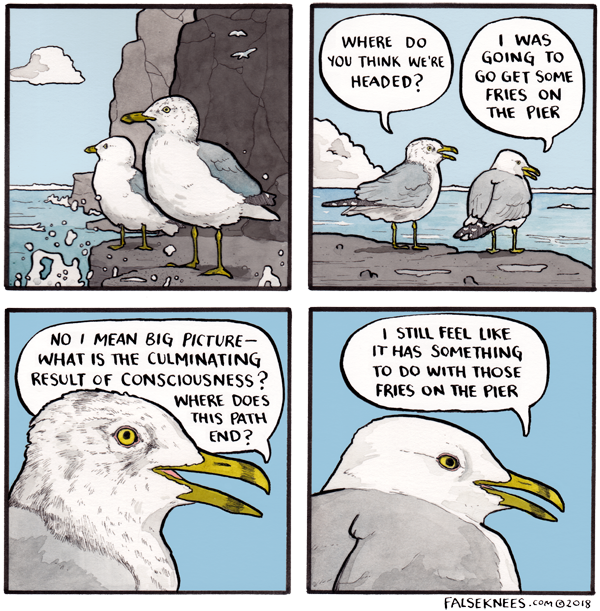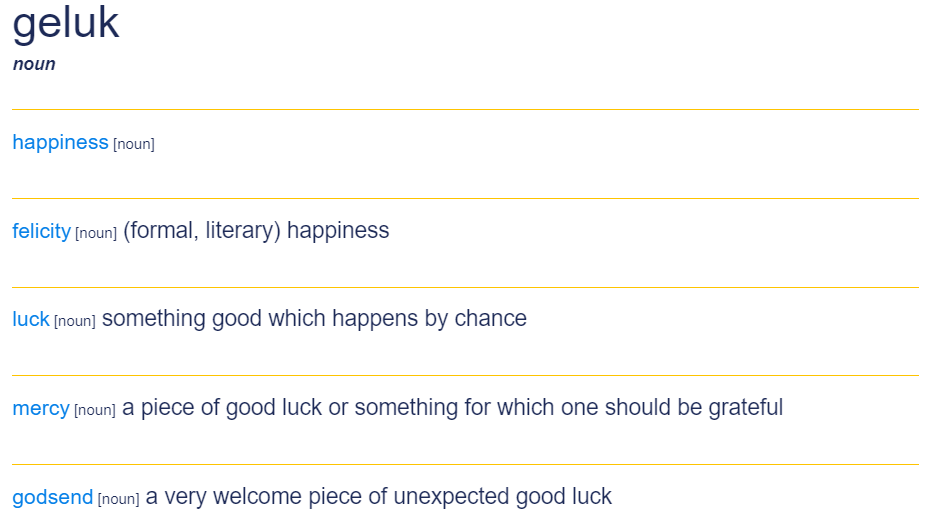Fries on the pier - First Impressions of the Netherlands

The Netherlands, together with Belgium and Luxembourg, are known as the Three Low Countries (also as 'Benelux'). Compared with the three giants of Western Europe, Britain, France and Germany, which surround the three Low Countries, the Benelux have much less fame. Britain, France and Germany broadcast countless domestic TV series and movies around the world every year, while the Netherlands does not even have a globally famous movie star. Although almost every student has studied the honor of “Sea Coachman” in textbooks and has also learned about Van Gogh's “Sunflowers” and “Starry Night”, due to the relative weakness of the spread of modern Dutch culture, people outside the Netherlands have little understanding of the Netherlands' contemporary culture. Students have all heard about how this country invented itself from scratch; how it established the first capitalist country in human history, and how it transformed from an uncared swamp into a rich and golden country. But The glory of the Dutch Golden Age is long gone, and the glory of the “Sea Coachman” three to four hundred years ago cannot represent today's Dutch culture.

So I knew almost nothing about Dutch contemporary culture before coming to the Netherlands. It's funny to say that before I came to the Netherlands, my main understanding of Dutch contemporary culture came from the Amsterdam map in “Call of Duty”: flowers, canals and bicycles everywhere. So you can imagine that the cultural shock to me caused by the Netherlands even started as soon as I got off the plane. I was expected to have a tedious customs clearance process, lengthy documents and boring security checks. But when I arrived at the Netherlands, I was asked a question at the customs window and just casually followed the crowd to the streets of Amsterdam, no security checks at all. So my first impression of the Netherlands was “casual”. Unexpectedly, in the next month, more and more incidents would strengthen my impression of the Netherlands as “casual”: bicycles parked everywhere, the school bell never rang, and people on the street spoke a variety of languages. Now let me make a summary of the contemporary culture of the Netherlands, that is, “whatever”, let me pick a painting for contemporary Netherlands, it will definitely be the seagull thinking ” Fries on the pier “, not Van Gogh's “sunflower”.

Now I understand that the Netherlands is actually a “seagull” country. Geluk means both luck and happiness in Dutch. In fact, happiness may just be like this. So who cares about the golden age is gone forever? It may have been luck in the first case. Van Gogh created about 2,100 paintings in the last ten years of his life. He worked so hard and had so many thoughts. But he couldn't be appreciated by the public during his lifetime; it only took Hitler four days to occupy the Netherlands. The Netherlands still exists, but Hitler has been long gone. Our lives are affected by luck, so we might as well admit that it is luck that brings us happiness, and the secret to staying happy is to go with the flow. Whether the Netherlands is a swamp that no one cares about, or a golden country that everyone longs for, seagulls will always hover over the Netherlands, screaming “Wow ha ha ha”. The seagulls are the real masters of this land. No matter how the times change, the one thing that never changes is that the seagulls laugh at the fate of all living beings with their cries. So the Dutch people also chose to become seagulls:
Whatever, go get some fries on the pier.
